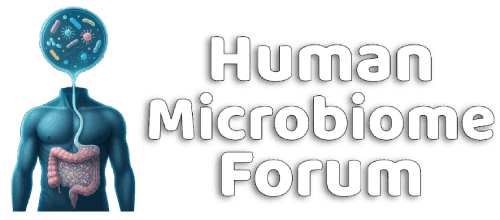Abstract
Background:
Exposure to persistent organic pollutants (POPs) and disruptions in the gastrointestinal microbiota have been positively correlated with a predisposition to factors such as obesity, metabolic syndrome, and type 2 diabetes; however, it is unclear how the microbiome contributes to this relationship.
Objective:
This study aimed to explore the association between early life exposure to a potent aryl hydrocarbon receptor (AHR) agonist and persistent disruptions in the microbiota, leading to impaired metabolic homeostasis later in life.
Methods:
This study used metagenomics, nuclear magnetic resonance (NMR)– and mass spectrometry (MS)–based metabolomics, and biochemical assays to analyze the gut microbiome composition and function, as well as the physiological and metabolic effects of early life exposure to 2,3,7,8-tetrachlorodibenzofuran (TCDF) in conventional, germ-free (GF), and Ahr-null mice. The impact of TCDF on Akkermansia muciniphila (A. muciniphila) in vitro was assessed using optical density (OD 600), flow cytometry, transcriptomics, and MS-based metabolomics.
Results:
TCDF-exposed mice exhibited lower abundances of A. muciniphila, lower levels of cecal short-chain fatty acids (SCFAs) and indole-3-lactic acid (ILA), as well as lower levels of the gut hormones glucagon-like peptide 1 (GLP-1) and peptide YY (PYY), findings suggestive of disruption in the gut microbiome community structure and function. Importantly, microbial and metabolic phenotypes associated with early life POP exposure were transferable to GF recipients in the absence of POP carry-over. In addition, AHR-independent interactions between POPs and the microbiota were observed, and they were significantly associated with growth, physiology, gene expression, and metabolic activity outcomes of A. muciniphila, supporting suppressed activity along the ILA pathway.
Conclusions:
These data obtained in a mouse model point to the complex effects of POPs on the host and microbiota, providing strong evidence that early life, short-term, and self-limiting POP exposure can adversely impact the microbiome, with effects persisting into later life with associated health implications.
